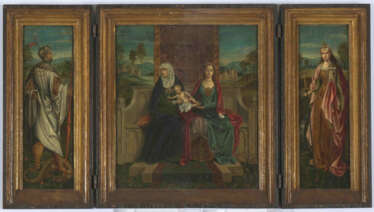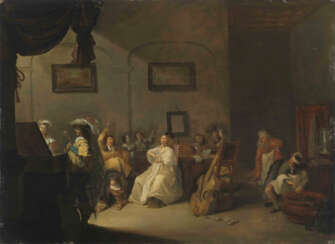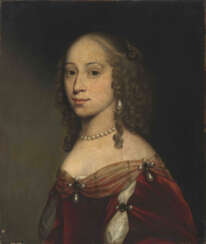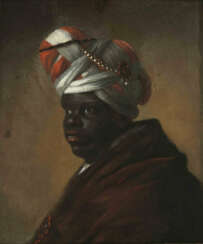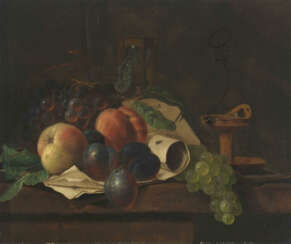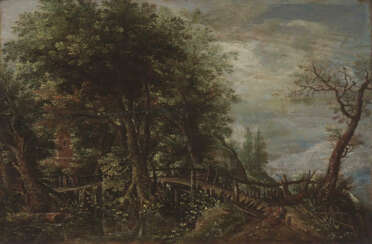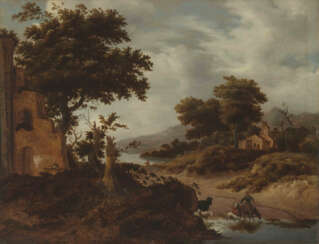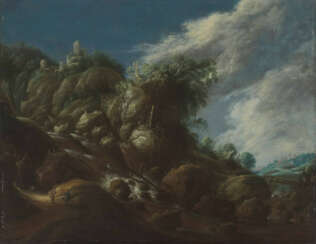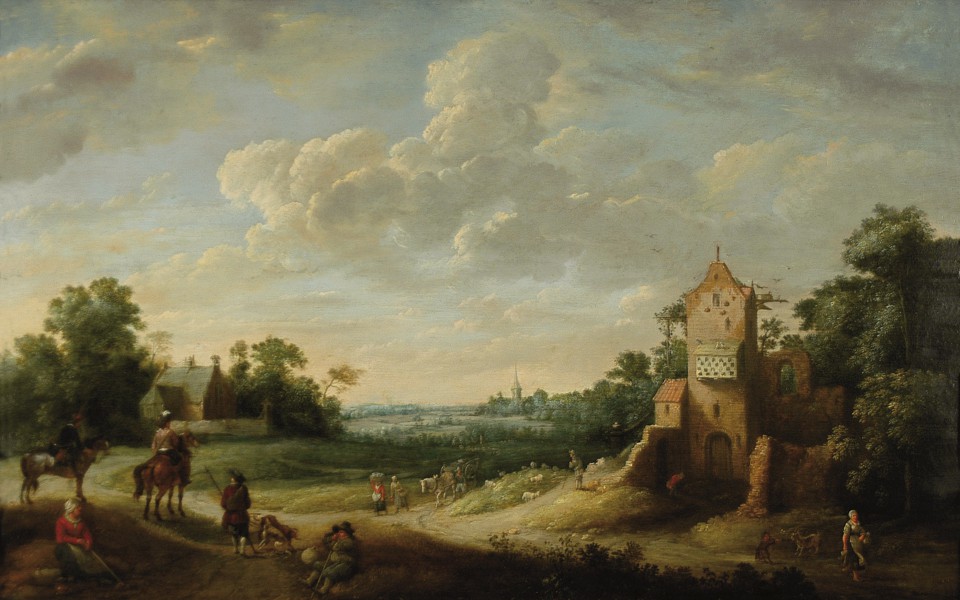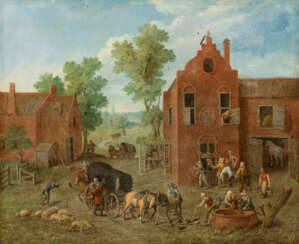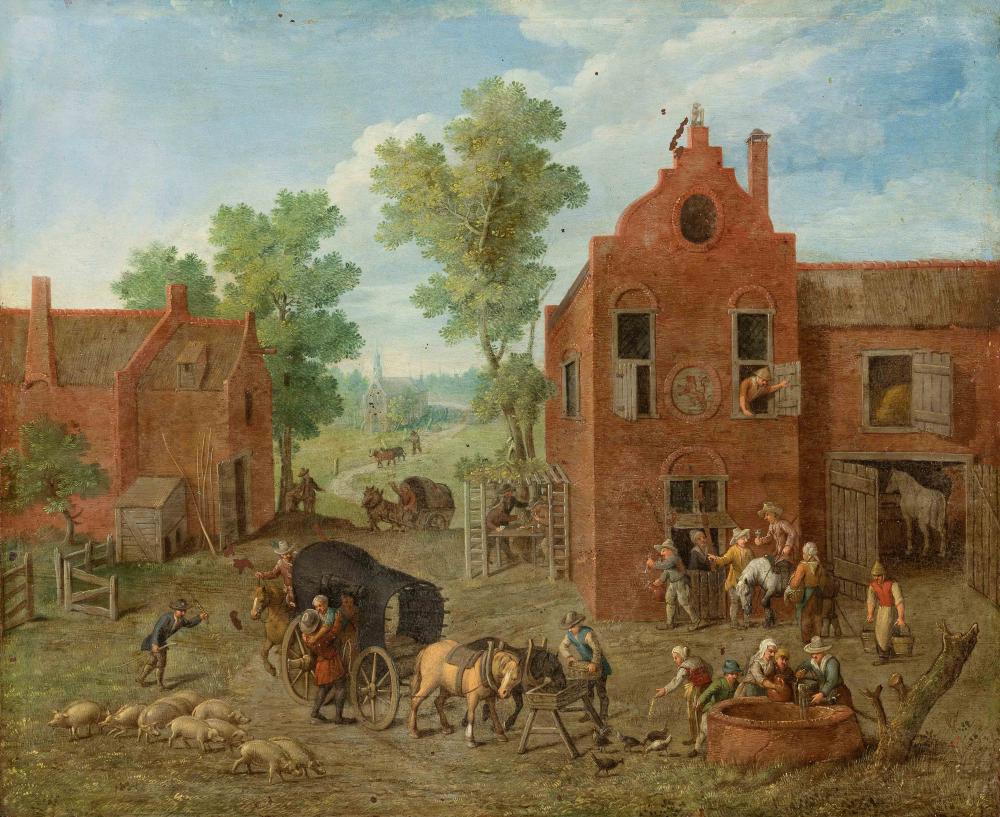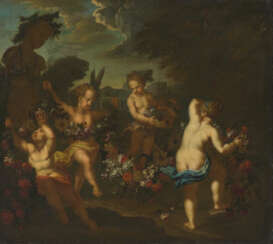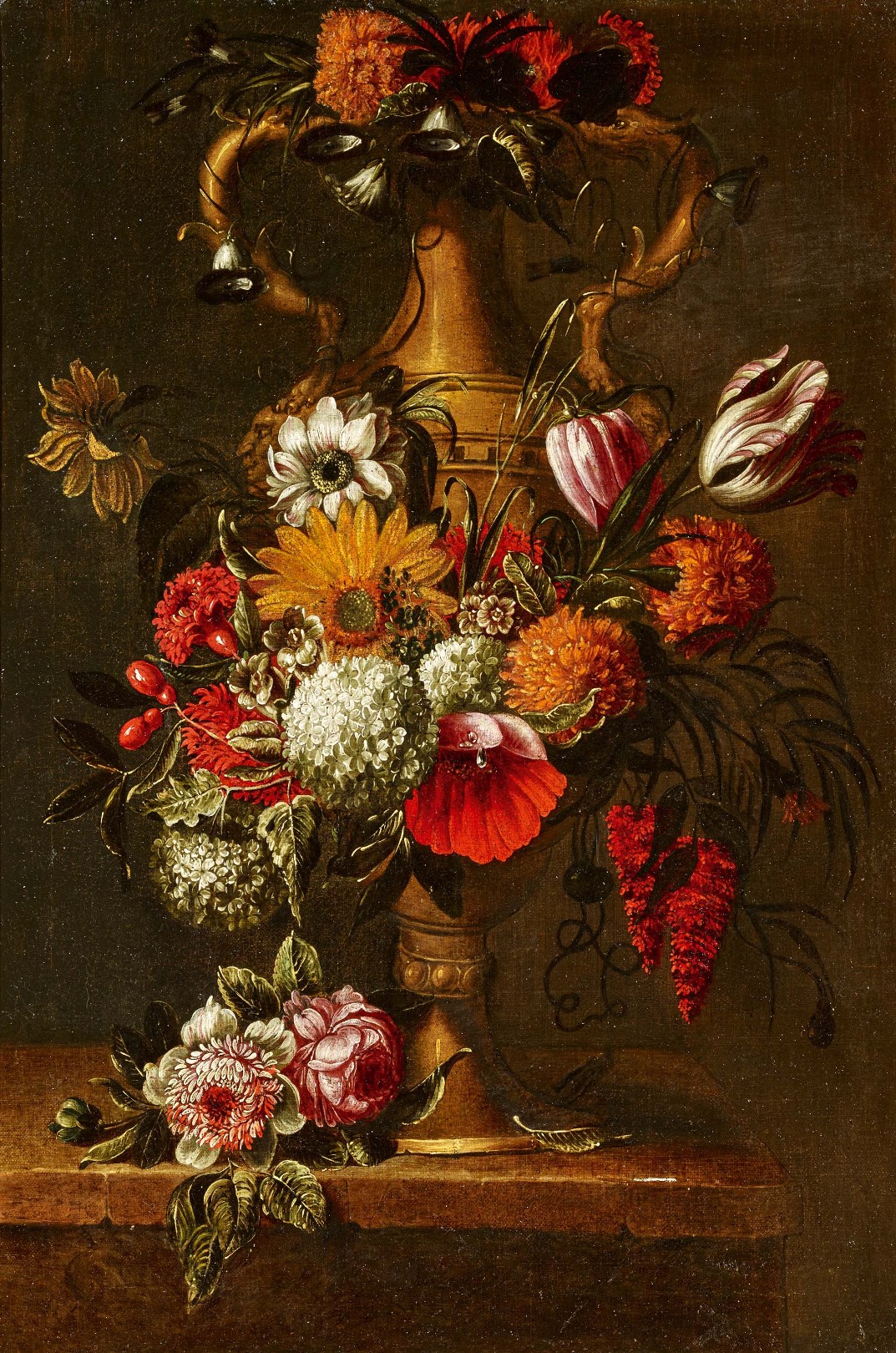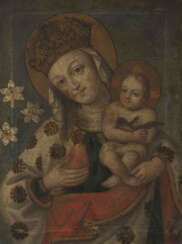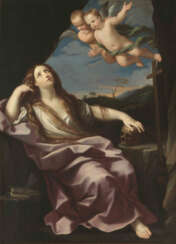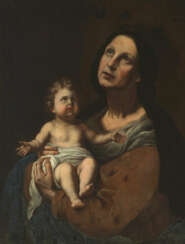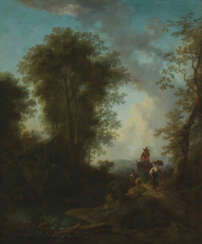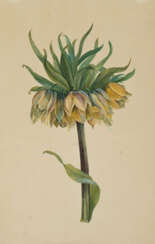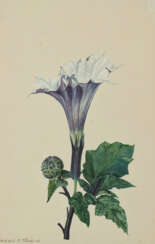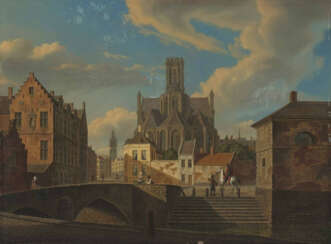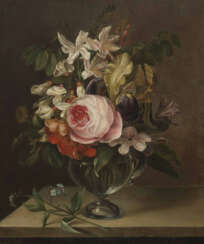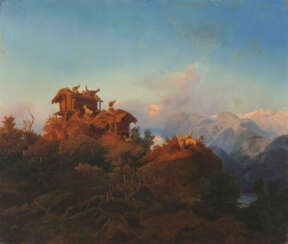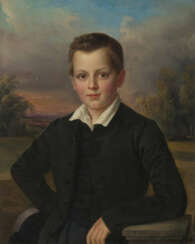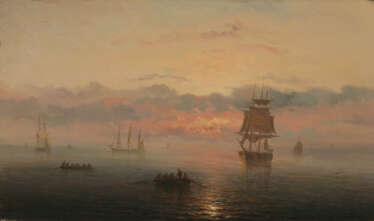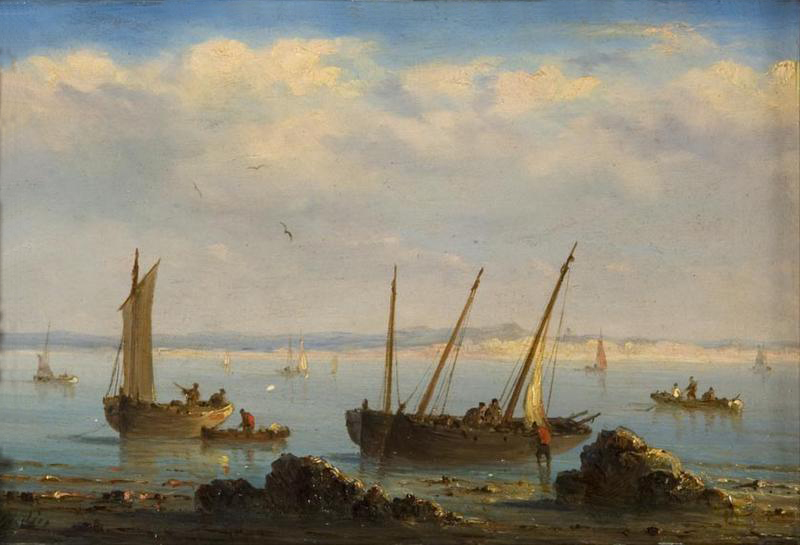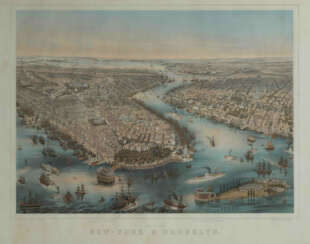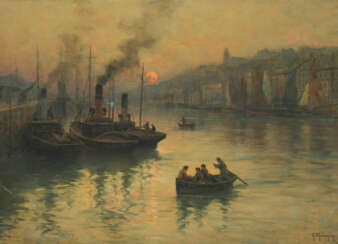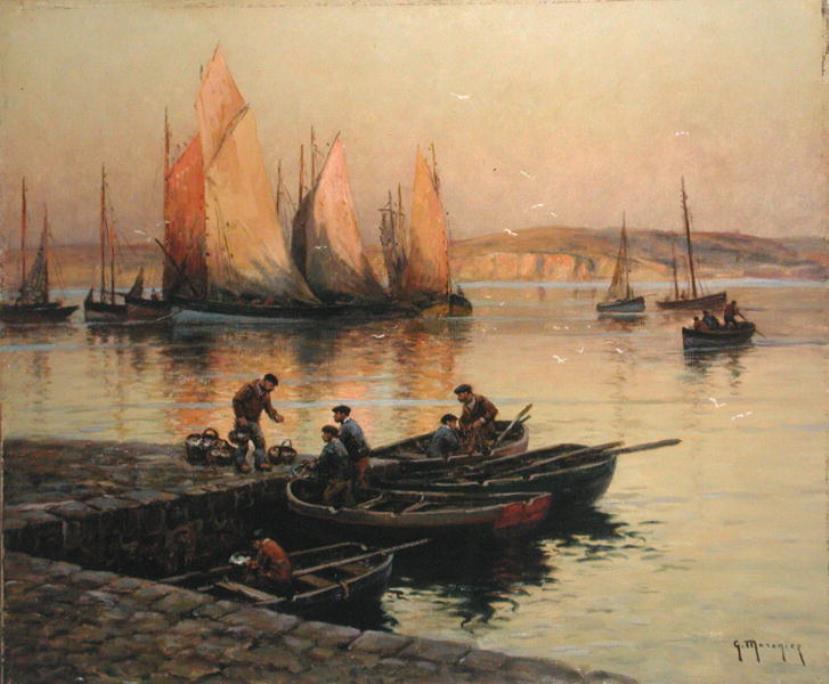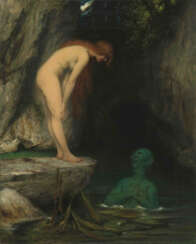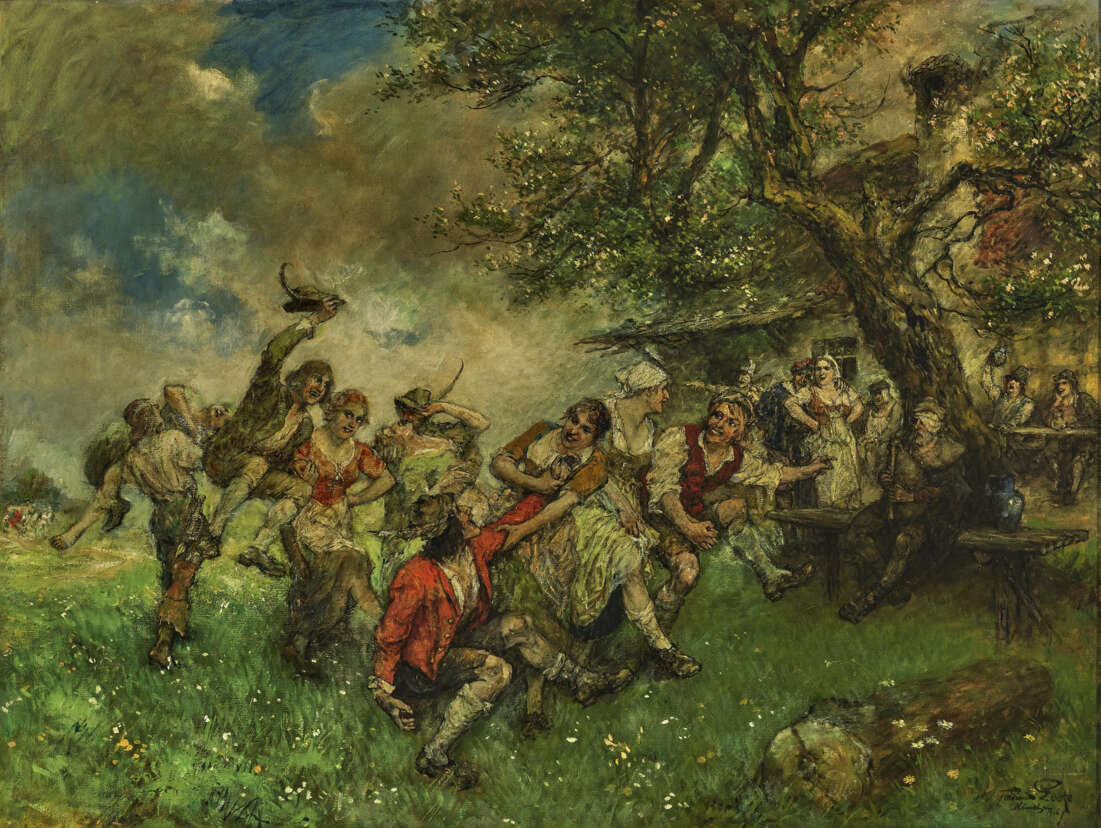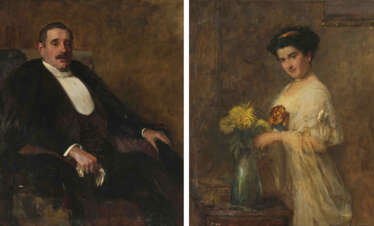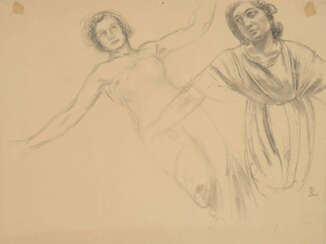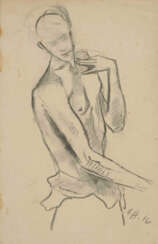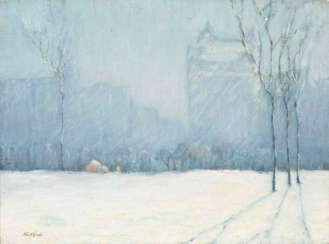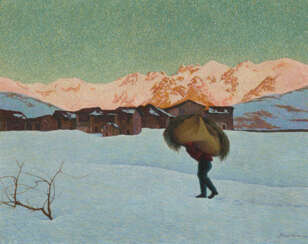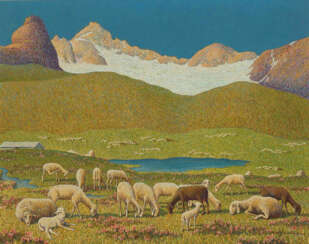
International Art — A174 September 2024 Fine Art, Contemporary Art, Vintage Design, Furniture, Wine & Spirits
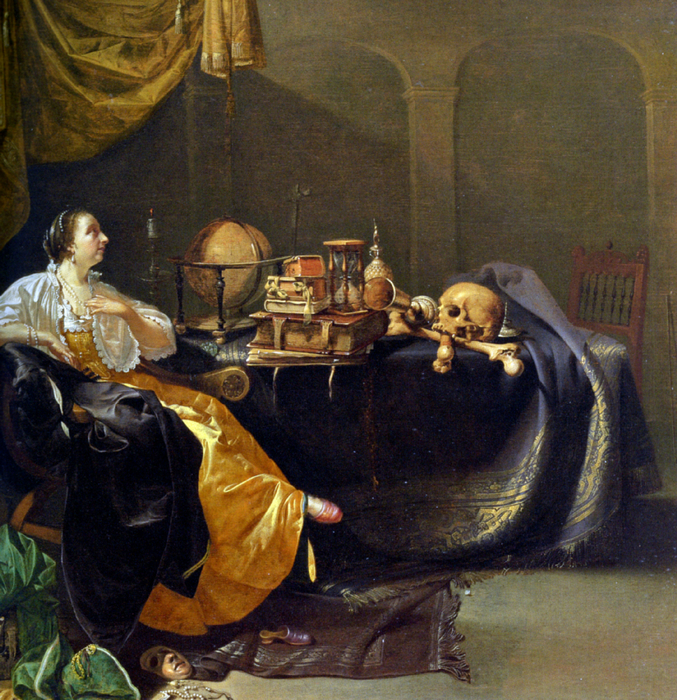
Jacob Duck was a Dutch artist, celebrated for his etchings and paintings that vividly capture the essence of daily life, military scenes, and figures during the Dutch Golden Age. Born around 1600 in Utrecht, Jacob Duck initially trained as a goldsmith before turning his focus to painting, under the guidance of Joost Cornelisz Droochsloot. His journey took him from Utrecht to Haarlem and finally to The Hague, showcasing his adaptability and the breadth of his work across different Dutch cities.
Jacob Duck's artistry is distinguished by its intimate portrayal of soldiers and everyday scenes, marked by a keen observation of social interactions and the human condition. His works, housed in prestigious museums like the Hermitage Museum, underscore his significant contribution to art and culture, bridging the gap between the personal and the universal in the 17th century Dutch society.
One of his notable works, "A Couple in an Interior with a Fortune-Teller," housed at The Metropolitan Museum of Art, exemplifies Duck's unique approach to narrative in art. This painting diverges from the era's typical jovial depictions of fortune-tellers by presenting a scene charged with a palpable tension, reflecting Jacob Duck's ability to infuse his works with depth and complexity. The painting's intricate details and the backstory of its subjects further illuminate Duck's skill in blending storytelling with visual artistry, making him a pivotal figure in Dutch painting.
For collectors and art experts, Jacob Duck's oeuvre offers a fascinating glimpse into the Dutch Golden Age's socio-cultural landscape, characterized by a meticulous attention to detail and a profound understanding of human emotions. His legacy continues to captivate and inspire, underscoring the enduring relevance of his work in the realms of art and history.
To stay informed about new discoveries, sales, and auction events related to Jacob Duck's works, consider signing up for updates. This subscription service is designed exclusively for enthusiasts eager to deepen their appreciation of Duck's artistry, ensuring you're always in the know about opportunities to engage with his timeless creations.
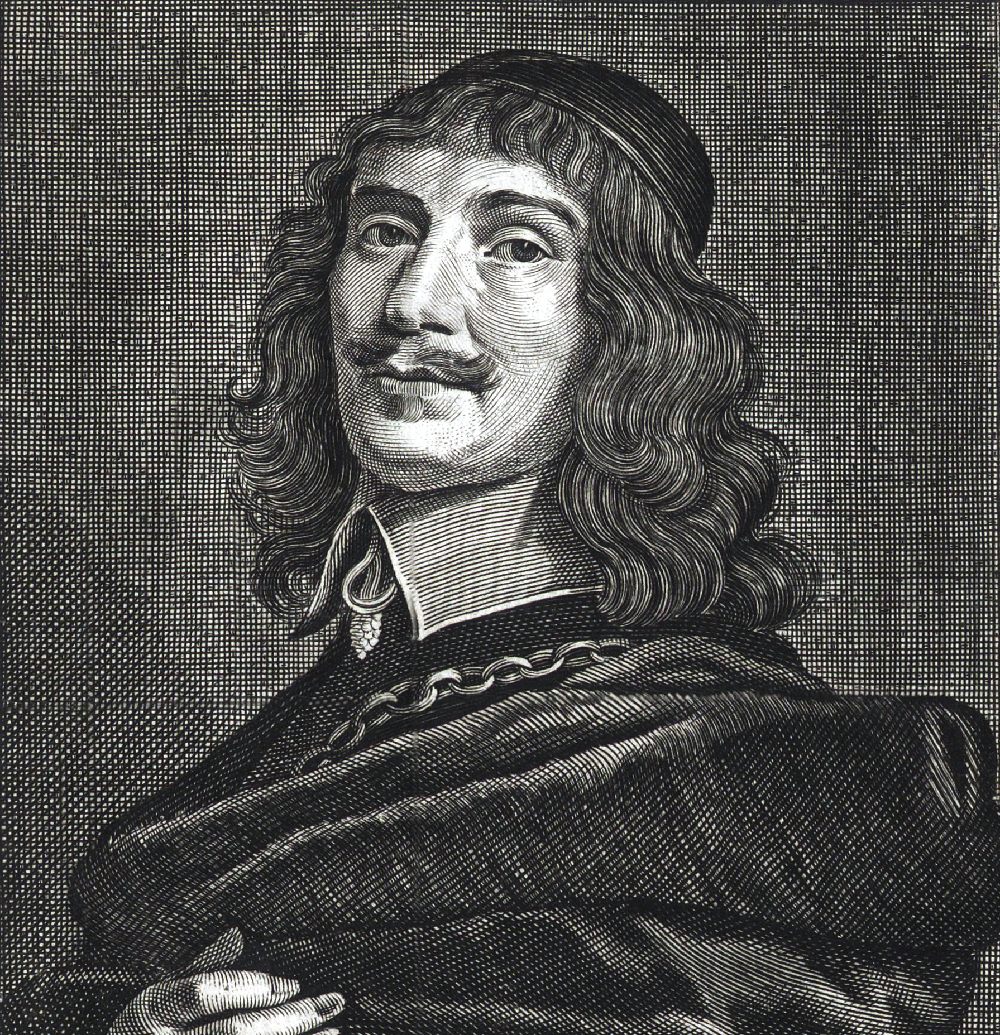
Gerard van Honthorst (Dutch: Gerrit van Honthorst) was a Dutch Golden Age painter who became known for his depiction of artificially lit scenes, eventually receiving the nickname Gherardo delle Notti ("Gerard of the Nights"). Early in his career he visited Rome, where he had great success painting in a style influenced by Caravaggio. Following his return to the Netherlands he became a leading portrait painter.
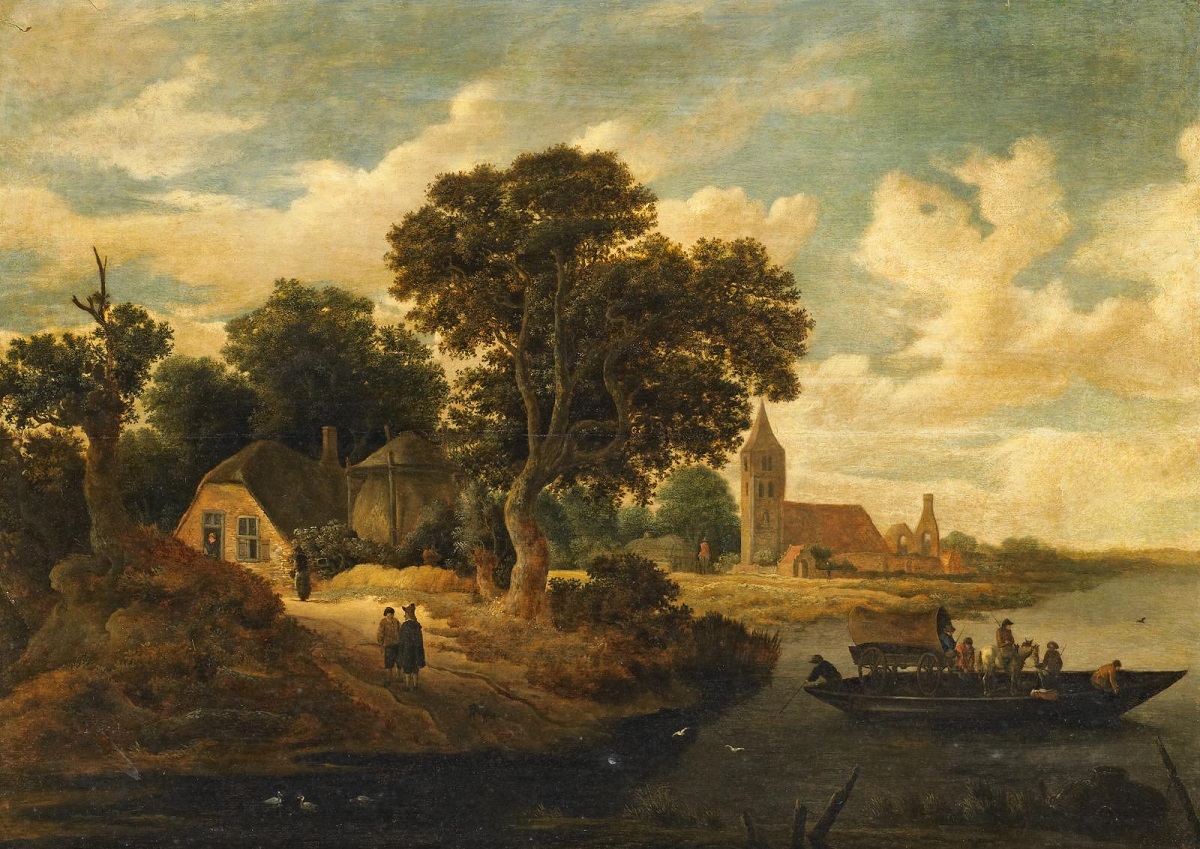
Roelof Jansz van Vries is a Dutch painter known for his landscapes.
Roelof Jansz van Vries was a member of the Harlem Guild of St Luke's from 1657. His work reflected the typical Dutch Golden Age style, characterised by meticulous attention to detail, atmospheric lighting, a sense of depth and realistic depictions of nature.
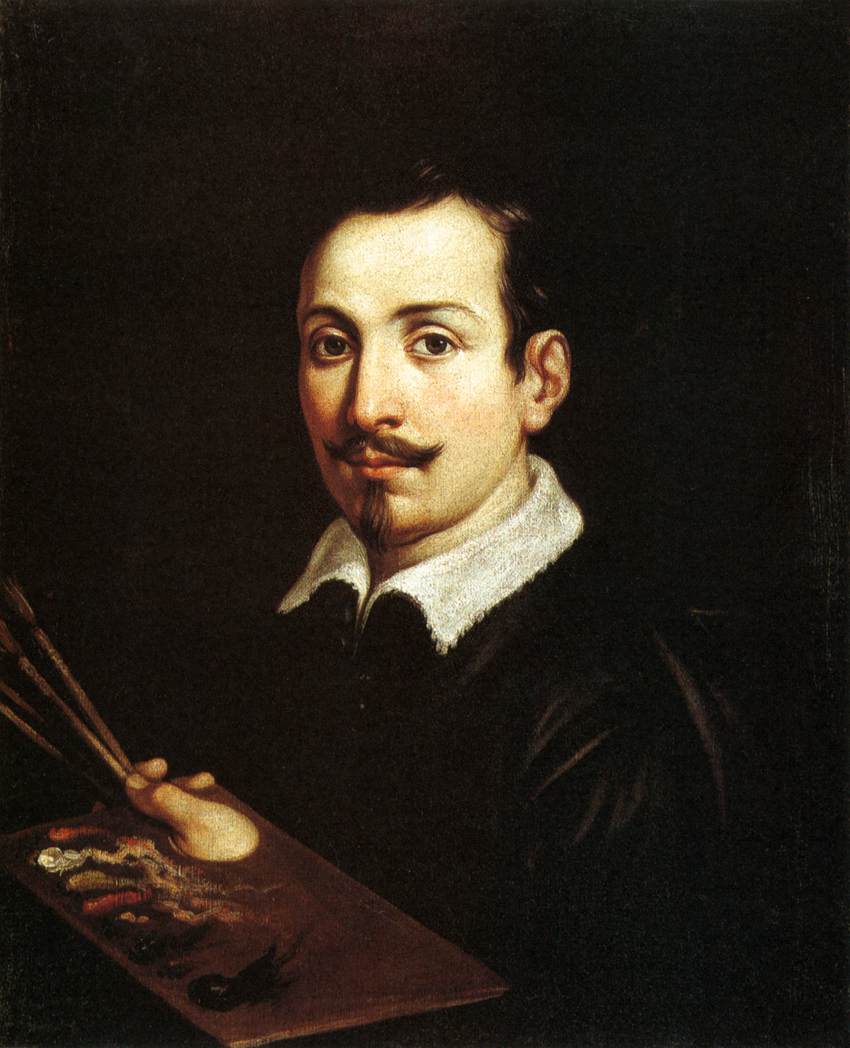
Guido Reni was an Italian Baroque painter, celebrated for his refined and classical approach to art. Born in Bologna, Italy, Reni's career spanned the late Renaissance and early Baroque periods, where he became known for his religious and mythological scenes. His style, characterized by elegance and grace, set him apart from his contemporaries, making his works highly sought after by both religious and secular patrons.
Reni's training under Denys Calvaert, followed by his time in the Carracci workshop, laid the foundation for his distinctive blend of classical idealism and Baroque dynamism. This education, coupled with his interactions and reported rivalry with Caravaggio in Rome, influenced his development as an artist who could balance the dramatic intensity of the Baroque with a serene classicism.
One of Reni's most famous works, the fresco "Aurora" in the Casino dell'Aurora of Palazzo Pallavicini-Rospigliosi, showcases his mastery of classical forms and his ability to convey narrative through expressive composition and vibrant color. This masterpiece, depicting Apollo's chariot led by Dawn, is celebrated for its simplicity and restraint, contrasting the more elaborate compositions typical of his era.
Reni's contributions to religious art are also significant, with works such as "The Archangel Michael Defeating Satan" and "Saint Joseph and the Christ Child" reflecting his capacity to imbue traditional Christian subjects with a profound sense of divinity and humanity. His paintings are distinguished by their delicate treatment of light and shadow, a hallmark of his refined aesthetic.
Collectors and art experts continue to admire Reni's works for their technical brilliance and emotional depth. His paintings, such as "The Massacre of the Innocents" and "Saint Sebastian," are preserved in major museums worldwide, testament to his enduring influence on Western art. Reni's legacy as a bridge between the Renaissance's ideal beauty and the Baroque's emotive power remains unparalleled, securing his place among the pantheon of great artists.
For collectors and experts in the field of art and antiques, Guido Reni's oeuvre represents not just the pinnacle of Baroque painting but also a connection to the cultural and aesthetic shifts of his time. To stay updated on sales, auctions, and exhibitions related to Guido Reni's works, signing up for updates can provide exclusive insights and opportunities to engage with the legacy of this exceptional artist.
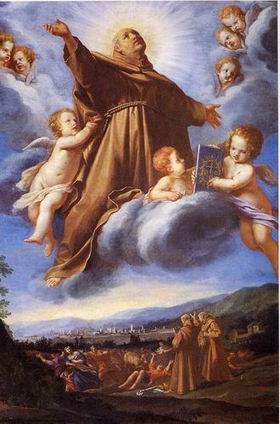
Vincenzo Dandini was an Italian painter of the Baroque period, active mainly in Florence. He was a pupil of his brother, Cesare Dandini in Florence, then he moved to Rome and worked in the studio of Pietro da Cortona. He painted an Immaculate Conception and other canvases for the church of Ognissanti, Florence. He painted a fresco of the Aurora and the Hours for the Villa del Poggio Imperiale. He painted a canvas on oil of Sacrifice of Niobe for the Villa La Petraja.
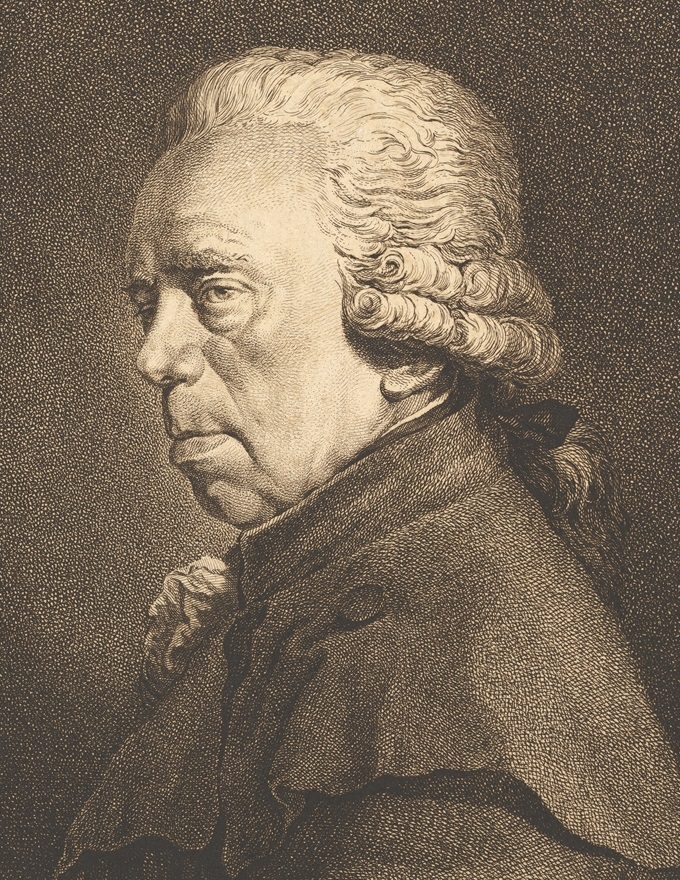
Johann Christian Brand was an Austrian landscape painter and graphic artist, copperplate etcher.
He received his first lessons in painting from his father, the landscape painter Christian Hilfgott Brand (1695-1750), then studied at the Vienna Academy of Painting. In 1758 Brand was commissioned by the imperial family for a series of hunting scenes. In addition to many landscapes, he also created 16 oil paintings for Vienna's Museum of Military History, depicting various types of cavalry of the Austrian army during the reign of Empress Maria Theresa.
From 1772 Brand was professor of painting at the Vienna Academy.
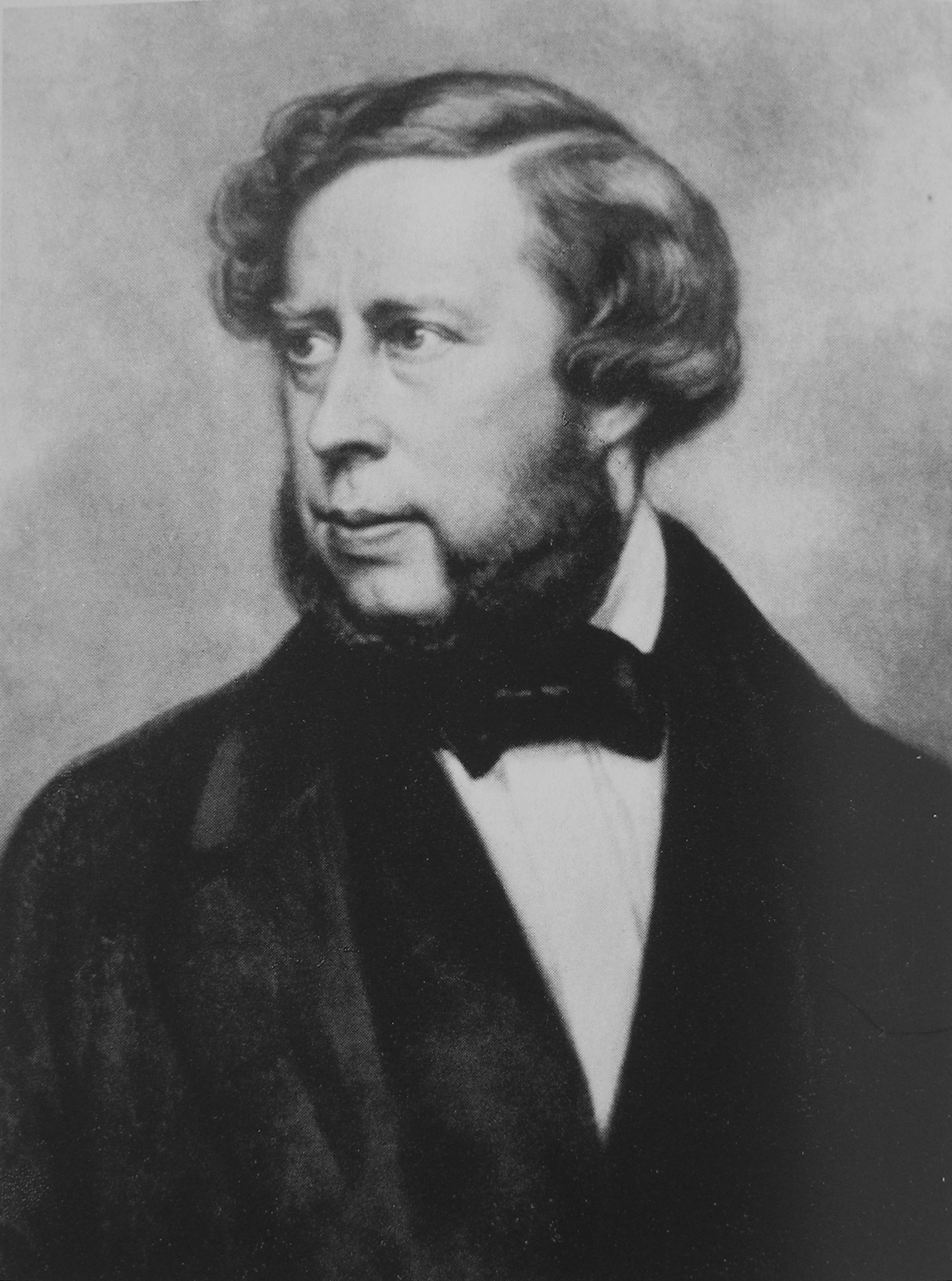
Julius Schoppe was a German painter of the mid-nineteenth century. He is known as a painter and graphic artist, famous for his portraits during the Biedermeier era.
Julius Schoppe studied Italian art in Rome and copied works by Raphael, Titian and Correggio. His copies of Raphael's paintings were included in the collection of the King of Prussia and were exhibited in Sans Souci. The master was also the author of landscapes, historical and genre paintings, as well as an original series of "living paintings" that were admired for their grace and painterly authenticity. He was a professor at the Berlin Academy of Fine Arts.

Maurice Denis, a French painter and writer, was an influential figure in the transition from impressionism to modern art. Born on November 25, 1870, in Granville, France, Denis's artistic journey began at the Académie Julian in Paris. Here, he met future collaborators like Paul Sérusier and Pierre Bonnard, with whom he later formed the Nabis group, a collective deriving its name from the Hebrew word "Nabi," meaning "Prophet".
Denis's style evolved from neoimpressionism, influenced by artists like Seurat, to a more decorative and colorful approach under the influence of Gauguin. This shift is evident in works like "Taches du soleil sur la terrace" (1890). He famously stated, "Art is no longer a visual sensation... it is a creation of our spirit," highlighting his belief in art as an idealistic expression, transcending mere imitation of nature.
Denis was also impacted by Japanese art, which influenced his compositions and styles, contributing to his unique and recognizable approach. His philosophy on art, encapsulated in his 1890 essay published in "Art et Critique," emphasized the importance of color and form in creating emotional depth, a notion that laid the groundwork for modernism. He argued that a painting's essence lies in its colors and composition, rather than its subject matter.
Throughout his career, Denis's work evolved towards a more classical approach. His involvement with the Ateliers d'Art Sacré, founded in 1919, demonstrated his interest in religious art and decoration. His notable works include "The Legend of Saint Hubert" (1897) and "The History of Music" for the Théâtre des Champs Elysées (1912-1913).
Tragically, Maurice Denis's life ended on November 13, 1943, when he was struck by a truck during the German occupation of Paris. However, his legacy endures through his contributions to modern art and symbolism, his influence on fellow artists, and his works displayed in various museums and galleries.
For collectors and art experts, Denis's work offers a unique glimpse into the evolution of modern art. His blend of symbolism, color, and form marks a significant shift in art history. To stay updated on new sales and auction events related to Maurice Denis's work, sign up for our newsletter. This subscription will keep you informed about the latest developments in the world of this remarkable artist.
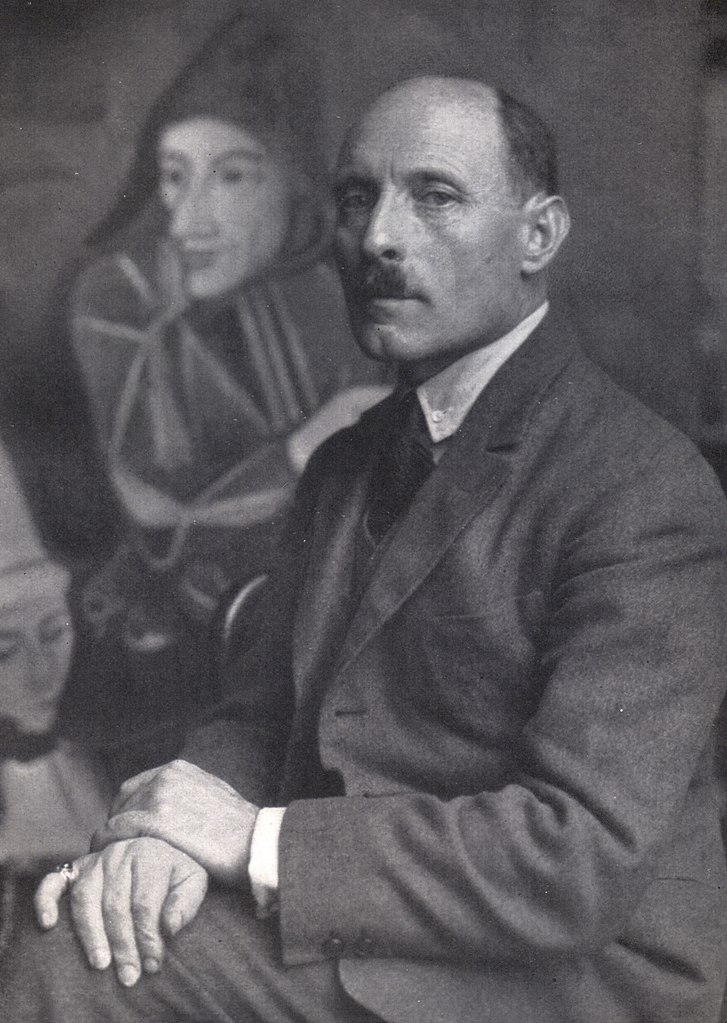
Karl Hofer was a German expressionist painter. He was director of the Berlin Academy of Fine Arts.
One of the most prominent painters of expressionism, he never was a member of one of the expressionist painting groups, like "Die Brücke", but was influenced by their painters. His work was among those considered degenerate art by the Nazis, but after World War II he regained recognition as one of the leading German painters.
